Description
Desk with Writing Set and Plum Flowers by Kubo Shunman printed on a Hoodie
Surimono are privately published woodblock prints, usually commissioned by individual poets or poetry groups as a form of New Year’s greeting card. The poems, most commonly kyōka (witty thirty-one-syllable verse), inscribed on the prints usually include felicitous imagery connected with spring, which in the lunar calendar begins on the first day of the first month. Themes of surimono are often erudite, frequently alluding to Japanese literary classics in both texts and images.
This album forms part of a set of three containing more than four hundred surimono. The prints are arranged on facing leaves according to themes or in a way that creates an attractive arrangement of designs, complementary in both color and shape. The printing techniques, pigments, and paper used for surimono were often the highest quality, and represent the epitome of late Edo-period woodblock printing.
About the Hoodie
Modern fit
It provides a more tailored look than a regular fit
Comfortable
The fabric and fit of this item are extra comfy
Tear-away tag
Easily removable tear-away tag that allows you to add a custom inside label
Premium quality
The product is made from premium, high-quality materials
Classic unisex hoodie with a front pouch pocket and matching flat drawstrings. The 100% cotton exterior makes this hoodie soft to the touch.
- 65% ring-spun cotton, 35% polyester
- Charcoal Heather is 60% ring-spun cotton, 40% polyester
- Carbon Grey is 55% ring-spun cotton, 45% polyester
- 100% cotton face
- Fabric weight: 8.5 oz./yd.² (288.2 g/m²)
- Front pouch pocket
- Self-fabric patch on the back
- Matching flat drawstrings
- 3-panel hood
- Tear-away tag
Kubo Shunman (1757-1820)
Kubo Shunman was a Japanese artist and writer. He produced ukiyo-e prints and paintings, gesaku novels, and kyōka and haiku poetry.
Shunman was born in about 1757 (Hōreki 7 on the Japanese calendar) with the surname of either Kubo (窪) or Kubota (窪田) and the given name Yasubei (易兵衛 or 安兵衛). He was orphaned while young. He studied under Katori Nahiko [ja], a poet, kokugaku scholar, and painter in the style of the Chinese Shen Quan. He later also studied under the ukiyo-e artist Kitao Shigemasa.
Upon finishing his apprenticeship took the art name Shunman (first spelt 春満, later 俊満). Other art names he used include Shōsadō (尚左堂) and Sashōdō (左尚堂), both of which use the character 左 sa, meaning “left”, as he was left-handed. Early in his career he published as a gesaku novelist under the names Nandaka Shiran (南陀伽 紫蘭) and Kizandō (黄山堂), as a kyōka poet under the name Hitofushi Chitsue (一節 千杖), and as a haiku poet under the name (塩辛房). He had a heightened sense of beauty and devoted himself to the pleasure-seeking world.
Shunman’s earliest works dates to 1774: a votive plaque copied from Nahiko. His works include some ukiyo-e prints, book illustrations, paintings, illustrated novels, and poetry. He was the most prolific producer of paintings in the Kitao school; more than 70 of his paintings survive.
His best known prints come from the Tenmei (1781–1789) through the Kansei (1789–1801) eras, when Shunman tended toward boldly florid colours in his prints, and adhered to the beni-girai [ja] (“red-hating”) trend of avoiding reds and other flashy colours. His bijin-ga portraits of beauties were less in the stately style of his master Shigemasa than in that of the long, slender beauties of Torii Kiyonaga.
Shunman was a member of the poets’ clubs Bakuro-ren and Rokujuen, and became head of Bakuro-ren. He stopped making designing commercial prints in 1790 to focus on deluxe commissioned prints, and provided poetry for the prints of Hokusai, Utamaro, and Eishi.

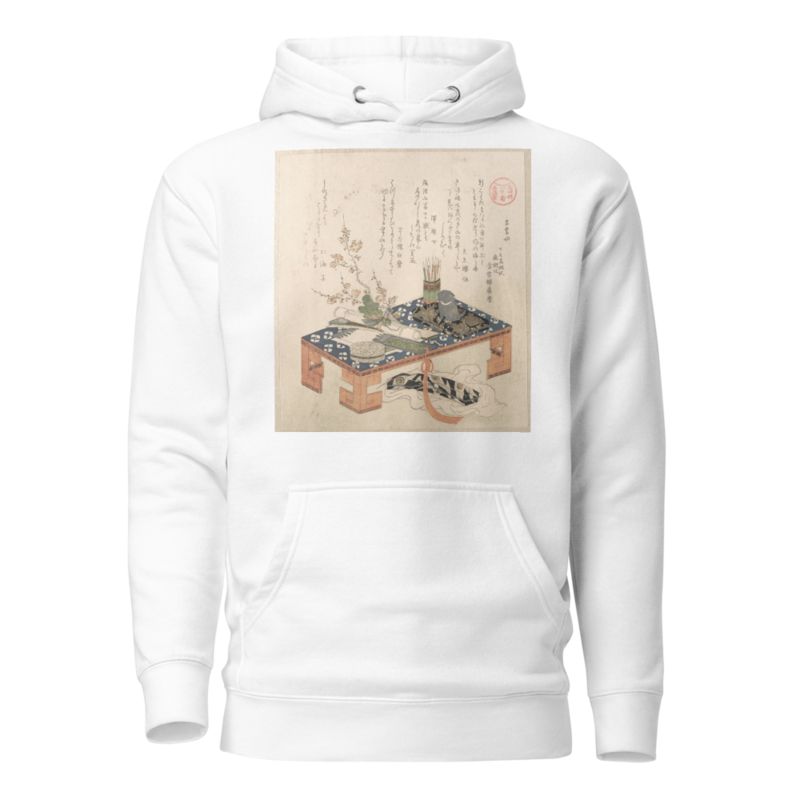
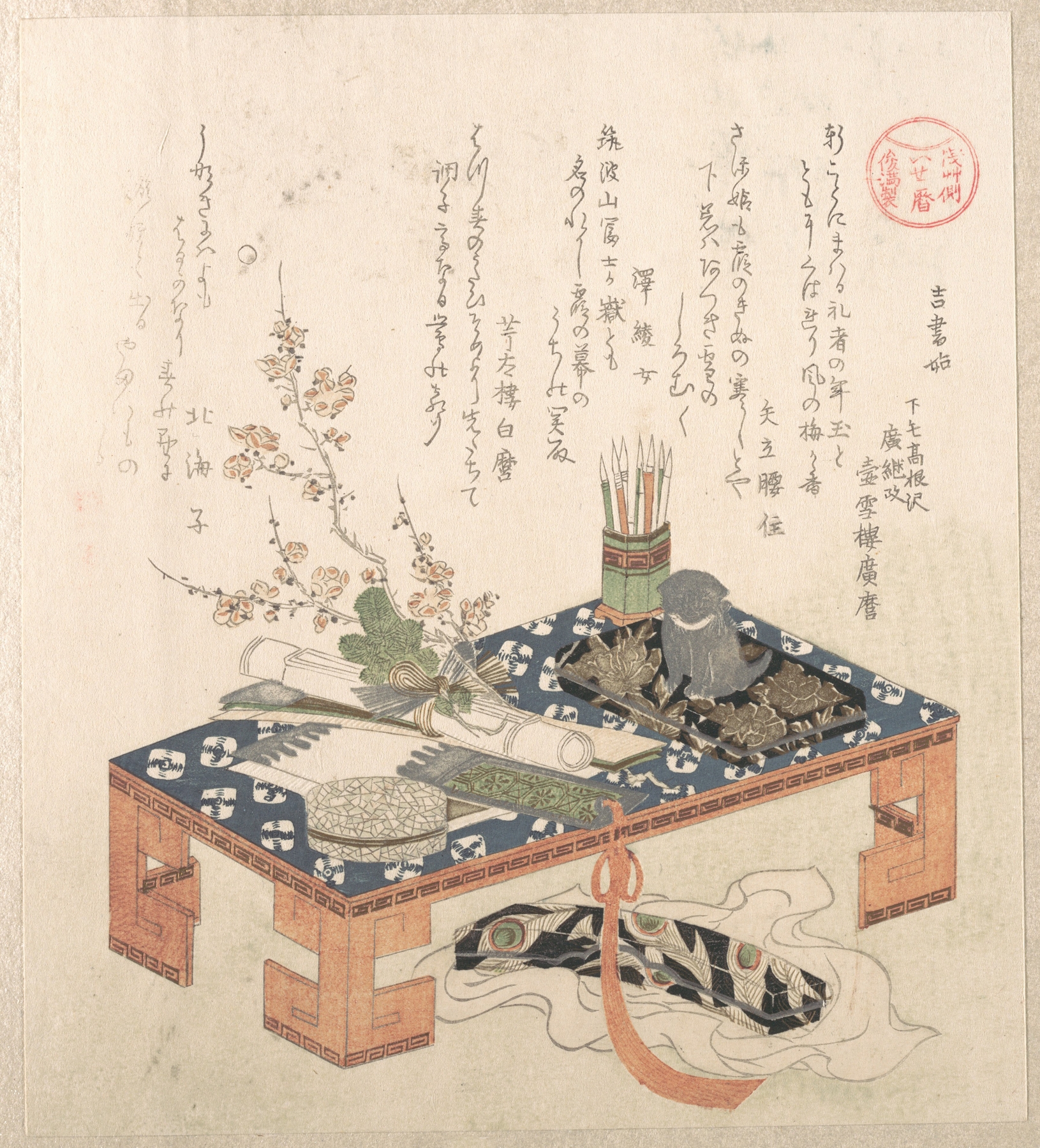
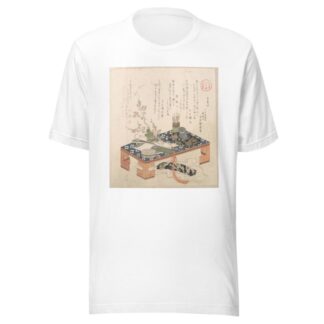
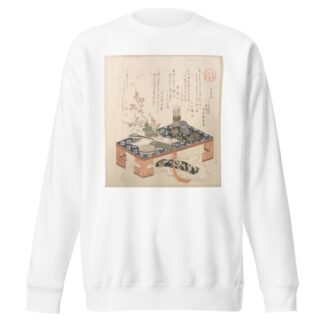
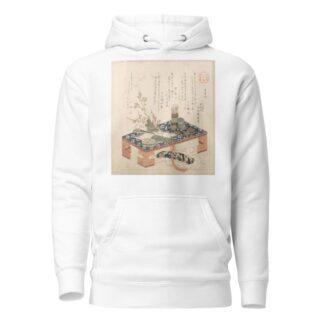
Reviews
There are no reviews yet.